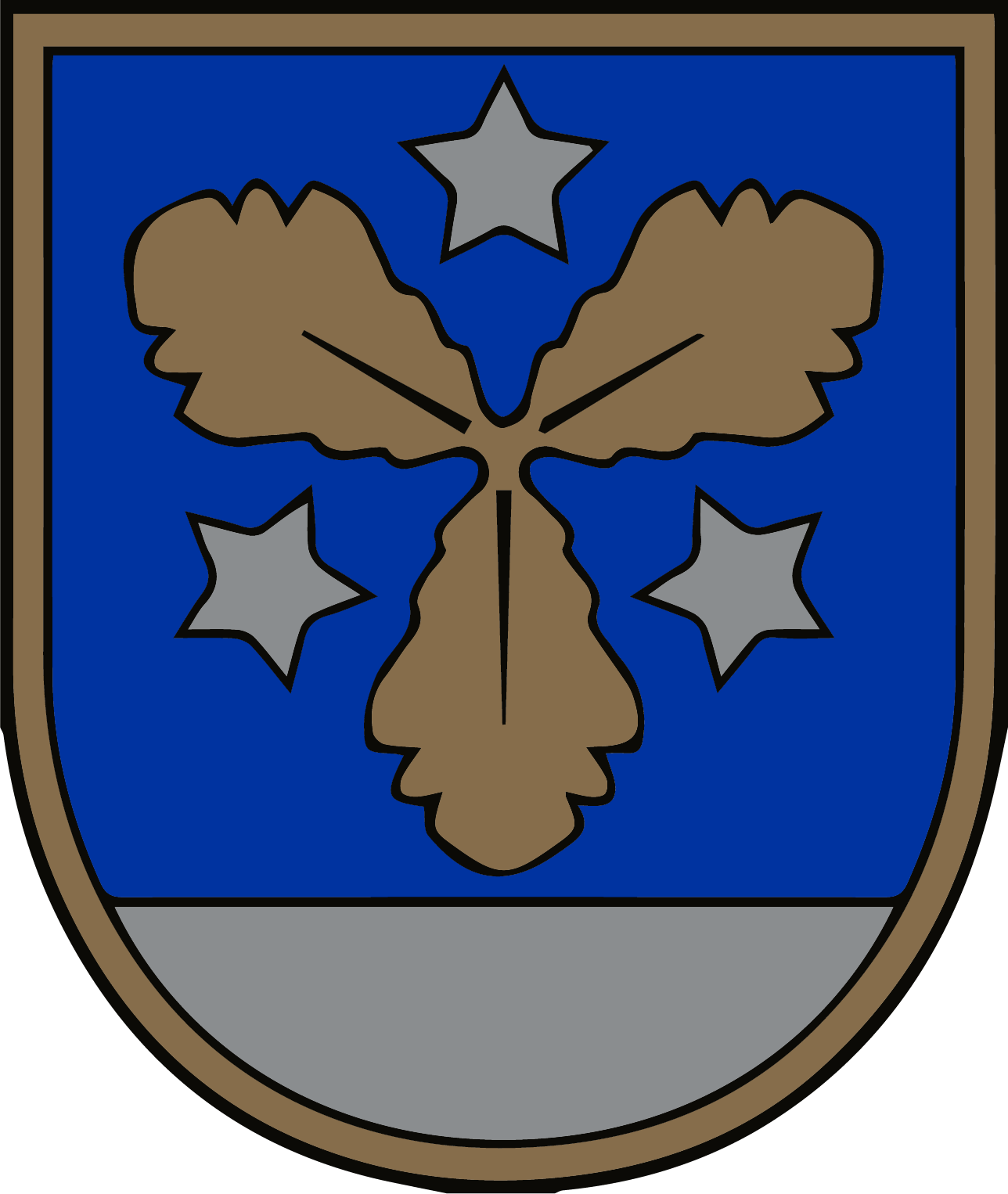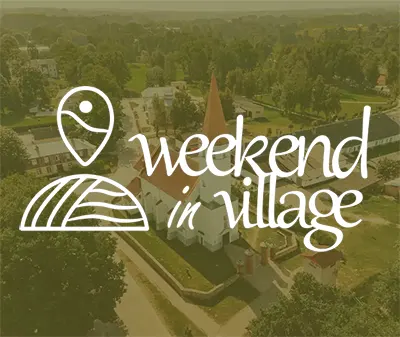Koknese castle ruins
On 25 July 1701 Koknese Castle was blown up and was never rebuilt. On the contrary, in order to prevent it from being rebuilt by the enemy, preparations for the bombing took place in October of the same year, and on 27 November the eastern end of the north side was destroyed. During the bombing, several cannons were thrown from the castle to the bank of the Daugava near the mouth of the Perse. In the dry summer of 1868, they were pulled aside and mounted on a hill at the west end of the castle, on a natural terrace, where they stood until flooding. When the construction of the power plant began, the cannons were taken to the Koknese Lutheran Church (at that time a museum of art and history). When the local congregation regained its property, the cannons were moved again. They are now on display in the castle ruins and in the park.
For more than 300 years, the ruins of the castle were perched on a high hill. In 1967, the ruins of Koknese Castle and its surroundings were partially destroyed by the creation of the Pļaviņas HPP (Aizkrauklē) reservoir. The water level rose to the castle foundations, the Daugava washed away the banks and ancient burials with jewellery began to be exposed. In the 1980s, the embankment was filled with dolomite rubble and blocks to protect it from further washing away. In the late 1990s, the foundations of the castle were strengthened and the upper parts of the castle walls were excavated and conserved at the same time. Conservation work on the walls of the ruins, which were washed away by the water, continues intensively to this day.
One can only imagine the beauty of the mighty waters of the Daugava and the Pērse, which reach a depth of 40 metres at the castle ruins. The Pērse Gorge was a peculiar world - both in terms of natural grandeur, seclusion and flora. It was much wider than the river itself, which meandered from one bank of the gorge to the other. The deep gorge, bounded by steep cliff banks, could not be entered at every point. The top of an old staircase can be seen where the Perse bends today. Once upon a time, a 121-step long railed staircase led to the spring. The water flowed through the sculptor Voldemārs Jākobsons' Faun's Head (now on display by the park's ponds), which in turn powered a small fountain - the female figurine "Ieva". From the spring, a path led to an octagonal pavilion almost at the foot of a steep rock outcrop, which ended at a waterfall. The waterfall was the highest in Latvia - over two metres.
The Perse, flowing into the Daugava, formed a fairly wide delta - it split into several branches. In spring and autumn, the small river turned into a wild mountain river, moving pebbles and sand along its bed, sometimes reshaping old depths and breaking new openings. The Daugavmala river bank from the Pērse upwards was covered with grass, which provided excellent grazing. Along the water's edge, calms, flower rushes and even the rare bitter-grass grew. The Riga - Daugavpils highway with a bridge over the Pērse ran along the castle ruins. The reinforced concrete bridge was built in 1935 and was 40 metres long and 7 metres wide. It was blown up and flooded. In 1964, during the construction of the power plant, trees growing in the ravine were cut down. All the residential and public buildings in the valley were destroyed by the blast. The 157 steps that once led travellers up the steep hill to the castle ruins also remain in the water...

Koknese castle ruins, J.K. Broce, 1796.
- Aizkraukle municipality and Koknese tourism information centre
1905. gada iela 7, Koknese
(+371) 29275412, (+371) 65161296 - Aizkraukle tourism information point
Lāčplēša iela 4, Aizkraukle
(+371) 25727419 - Jaunjelgava tourism information point
Jelgavas iela 33, Jaunjelgava
(+371) 27366222 - Plavinas tourism information point
Daugavas iela 49, Pļaviņas
(+371) 22000981 - Skrīveri Tourism Information Point
Daugavas iela 85, Skrīveri, Skrīveru pagasts
(+371) 25661983 - Staburags tourism information point
Staburaga saieta nams, 2. stāvs, Staburags, Staburaga pagasts
(+371) 29892925 - Nereta tourism information stand
Dzirnavu iela 5, Nereta, Neretas pagasts
(+371) 26674300 - Mazzalve tourism information
Skolas iela 1, Ērberģe, Mazzalves pagasts
(+371) 26156535 - Irši manor barn - Magazina
Irši, Iršu pagasts
(+371) 26344757






